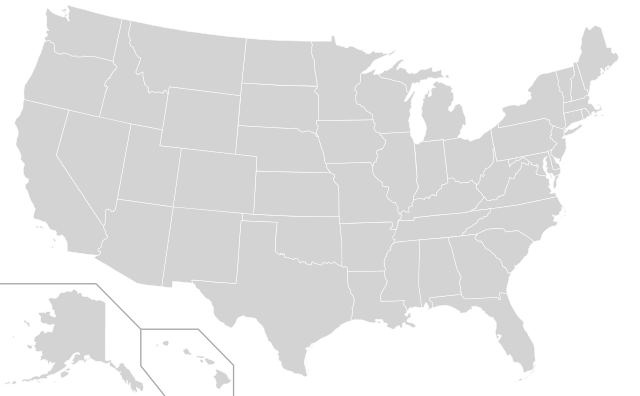The San Francisco Employees’ Retirement System has spent the better part of 6 months weighing whether to dive into hedge funds for the first time.
The fund was originally considering a plan to invest up to 15 percent of assets – or $3 billion – in hedge funds. But the figure was too high for many board members, and the vote was tabled numerous times.
Now, the board is considering a proposal that would allow the fund to invest up to 3 percent of assets in hedge funds – a much smaller allocation that may be more palatable to board members.
From Bloomberg:
The president of the San Francisco Employees’ Retirement System board has asked advisers to look at a hedge fund investment of zero or 3 percent, less than the 15 percent proposed by the pension’s staff.
The board will meet today in San Francisco to consider the proposals, which are part of a broader effort to recalibrate the fund’s asset allocation. The updated figures were in a letter from Angeles Investment Advisors.
“The VM mixes have higher volatility,” Leslie Kautz and Allen Yeh wrote in a Nov. 25 memo to Victor Makras providing modeling on several mixes that they said he specified.
[…]
The hedge fund proposal stems from a June meeting when the San Francisco staff recommended changes to the fund’s asset allocation and the board voted to take 90 days to study options.
The staff recommended a 15 percent hedge-fund allocation, citing good returns, low volatility and very good risk-adjusted returns, according to a memo today to the board from William Coaker, the fund’s chief investment officer.
“Hedge funds provide good protection when stocks decline,” Coaker said. “Since 1990, they have lost only one-fourth the amount stocks have lost in market downturns.”
The San Francisco Employees’ Retirement System manages $20 billion in assets, none of which are allocated to hedge funds.
Photo by ilirjan rrumbullaku via Flickr CC License









